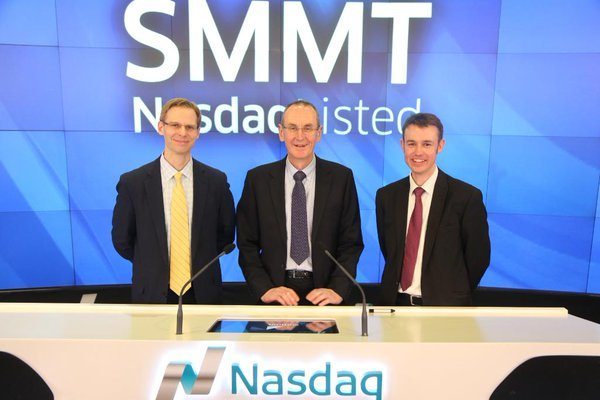
Summit Therapeutics PLC (ADR) (NASDAQ:SMMT) is running up this week on an update relating to its lead C. Difficile infection asset, Ridinilazole. The company had a bit of a rough close to 2016, having run up into the end of the third quarter before basically collapsing into the final quarter of the year, so the latest news will serve as a welcome reprieve for shareholders as we head into the start of February.
Investors are now asking, can this run continue? Is Summit likely to pick up strength going forward, or is the current run just a short term boost as opposed to long term value add?
Let’s take a look.
Summit is a development stage biotechnology company with a primary focus on two primary areas – infectious diseases and genetic conditions. These areas sometimes overlap, but right now, the company’s two lead assets are pretty distinct in their indications. The first, the genetic side of the equation is a Duchenne muscular dystrophy (DMD) target. That program is developing nicely, but it’s not the focus of this discussion – we’re here to talk about C.Diff.
For those not familiar with this indication, it’s a serious healthcare threat in hospitals, long-term care homes and increasingly the wider community with over one million estimated cases of CDI each year in the United States and Europe. It is caused by an infection of the colon by the bacterium C. difficile (hence the name), which produces toxins that cause inflammation and severe diarrhoea, and in the most serious cases can be fatal.
The problem with current therapies associated with this condition is that they are just not that effective. Primarily, because their mechanism of action is rooted in the cause of the underlying infection; broad spectrum antibiotics are used, and this results in an imbalance in the natural gastrointestinal flora, and in turn, recurrent infection. Summit’s candidate has been shown to have a potent bactericidal effect against all clinical isolates of C. difficile, and in phase 2 studies, showed statistical superiority in sustained clinical response (SCR) rates compared to the standard of care, vancomycin. The SCR here was defined clinical cure at end of treatment and no recurrence of CDI within 30 days of the end of therapy (keep this in mind, as we’ll come back to it shortly).
So, the latest announcement relates to the development pathway for this drug. Specifically, the company sat down with the FDA after completion of its phase 2 study, with the goal of hammering out a phase 3 protocol with which it can carry the drug into the latter (and with any luck, final) phase of investigation.
According to the release, both parties have agreed on a path forward, and the protocol for the phase 3 is now in place. Additionally, the drug has been granted fast-track designation, meaning it will be eligible for certain exclusivity benefits post-approval, assuming it reaches that stage.
The phase 3 study, and we said we would come back to this, will pitch the drug again against the SOC vancomycin, and similarly, will use the same endpoint – SCR. The importance of this is that the drug has already proven to be effective against SOC in this endpoint, so basically, all that Summit has to do, is replicate the data from the previous study, but at a wider patient population size. The phase 3 will be split into two parts, each of which will look to enroll around 700 patients, which shouldn’t be too much of an issue given the incidence rate of this infection.
Just as importantly, and as some reading will already be aware, Summit scored a partnership deal for its DMD drug last year, which brought with it certain financial benefits. Benefits that, for the foreseeable future, at least, should cover the company’s costs, and free up management to focus on raising, and we’re quoting here, non dilutive equity to fund the CDI phase 3.
So what is next?
The CDI trials should initiate at some point during the first half of 2018. During this period, we’re looking for any suggestion that the company can find a big name partner (in a similar fashion as its DMD drug) for Ridinilazole.
If it doesn’t, it’s not too big a deal, but if it does, there’s some immediate upside in the announcement, and its aftermath.




